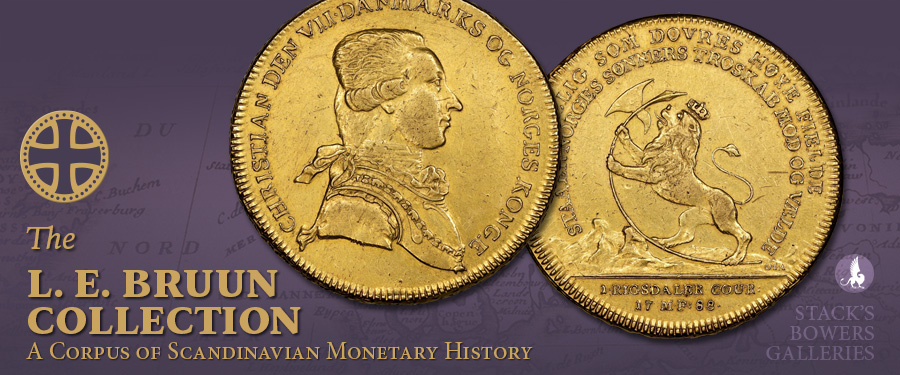
From the 14th century until the early 19th Denmark and Norway shared the royal Family, the so-called Double Monarchy. The story of that union started in 1363 when Margrethe, the daughter of King Valdemar IV of Denmark, married the Norwegian King Haakon VI. Haakon was the son of Magnus Eriksson, king of both Sweden and Norway, so the son of Margrethe and Haakon, Olaf, was in line for both the Danish, Norwegian and Swedish thrones. The Swedes, however, favoured Albert (Albrekt) of Mecklenburg, Haakon’s cousin, who claimed the Swedish throne in 1364.
When King Valdemar of Denmark died in 1375, Olaf, age 5, became king of Denmark under the regency of his mother. Haakon of Norway died in 1380, making Olaf king of Norway, too (again under the regency of his mother).
In 1387 Olaf died unexpectedly at age 12, and Margrethe then became Queen Regnant of the two countries. Political manoeuvrings in Sweden (and the Battle of Falköping) made her Queen Regnant there in 1389. The Kalmar Union, the union of the three countries, became a reality in 1396. Sweden seceded from the union on numerous occasions (and ultimately and finally in 1523), the Norwegian/Danish Double Monarchy existed until 1814.
Copenhagen became the seat of government, and the kings only made occasional trips to Norway, including one undertaken in 1788 by Crown Prince Frederik (VI). As had been customary during the 18th century, a special coinage, known as “Travel Talers” (rejsedalere) was minted for the occasion; 5,000 silver Talers were struck, but also an unknown but surely extremely small number of gold 20 Ducats, weighing around 70 grams each!
The silver Travel Talers are in high demand and sought by collectors of Danish and Norwegian coins, as well as by collectors of Taler coins. The gold 20 Ducats were until recently only a fantasy for collectors to own, as only three are known to exist: two in public collections in Norway and one in the fabled L. E. Bruun Collection. The two specimens in Norway point to them being spent or handed out in that country by the crown prince; the one in the L. E. Bruun Collection comes from the J. G. B. Klemp Collection. Many of Klemp’s coins originated from the personal collection of the Kings of Denmark, and it is therefore most likely, this coin was a “leftover” that made it back to Copenhagen.
The largest gold coin ever to be struck in Denmark or Norway, this imposing piece was sold as lot 13249 in Zürich on March 15 in Part II of the L. E. Bruun Collection. It found a new owner at the incredible price of €312,000 (about $339,000) incl. BP.
The L. E. Bruun Collection is full of impressive coins of impressive sizes in impressive conditions with impressive provenances. Be sure you don’t miss out on the next sales from this record-breaking collection by signing up for the Stack’s Bowers Galleries newsletters.
For complete auction results from the L. E. Bruun Collection Part II visit StacksBowers.com.





